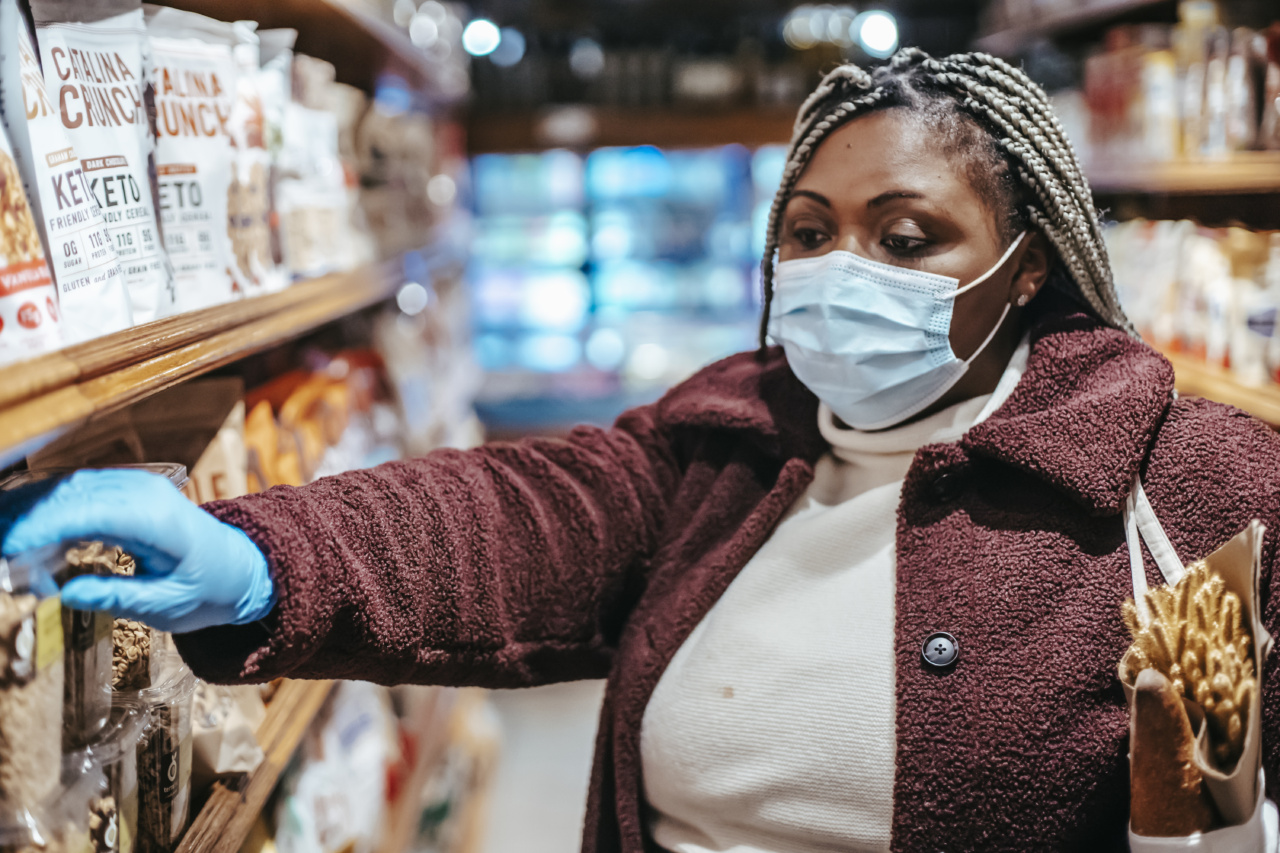Rice is a staple food consumed by billions of people around the world. Known for its versatility and nutritious value, it is essential to ensure the safety of rice consumption to avoid any potential health risks.
This article will discuss important food safety protocols that should be followed when handling, storing, and cooking rice.
1. Purchasing Rice
When buying rice, it is crucial to choose a reliable source to ensure the quality and safety of the product. Look for rice that is properly packaged and has a clear expiration date.
Avoid purchasing rice from open bins or stores that do not maintain proper hygiene standards.
2. Storage Practices
Proper storage is essential to maintain the quality and safety of rice. Follow these guidelines:.
a) Dry Storage: Rice should be stored in a cool, dry place, away from direct sunlight and any potential contaminants. Avoid storing rice near strong-smelling substances as rice can absorb odors easily.
b) Airtight Containers: Transfer rice from its original packaging to airtight containers to prevent insect infestation and maintain freshness.
c) Avoid Moisture: Moisture can promote the growth of mold and bacteria. Keep rice away from areas with high humidity and moisture, such as the kitchen sink or dishwasher.
3. General Handling
When handling rice, it is crucial to maintain cleanliness and prevent cross-contamination:.
a) Clean Hands: Wash your hands thoroughly before handling rice to avoid transferring bacteria or contaminants.
b) Utensils: Use clean utensils such as scoops or measuring cups for handling rice. Avoid using dirty or contaminated utensils that may introduce harmful bacteria into the rice.
c) Avoid Touching: Minimize touching rice with bare hands to prevent the transfer of bacteria from your skin.
4. Rice Washing
Washing rice before cooking is a common practice to remove impurities and excess starch. Follow these steps:.
a) Clean Water: Rinse rice under cool, running water. Use clean, potable water to ensure the rice remains safe for consumption.
b) Gentle Rubbing: Gently rub the rice grains between your palms to remove any dirt or impurities.
c) Do Not Overwash: Avoid excessive washing, as it may lead to nutrient loss and reduce the overall quality of the rice.
5. Cooking Rice
Proper cooking of rice is necessary to eliminate any potential pathogens. Follow these steps:.
a) Measure Water: Use the appropriate ratio of rice to water for optimal cooking. The ratio is generally 1:2 (one cup rice to two cups water).
b) Boiling Point: Bring the water to a full boil before adding the rice. This ensures that any potential bacteria or contaminants present on the rice are destroyed.
c) Cooking Time: Once the rice is added, reduce the heat to a simmer and cover the pot. Allow the rice to cook for the recommended duration to ensure it is fully cooked and safe to eat.
6. Leftover Rice
Leftover rice can be a potential breeding ground for bacteria and should be handled with care:.
a) Refrigeration: Store leftover rice in the refrigerator within 2 hours of cooking. Use shallow containers to cool it quickly and prevent bacterial growth.
b) Reheating: When reheating leftover rice, make sure it reaches an internal temperature of 165°F (74°C) to kill any potential bacteria.
c) Consume Promptly: It is best to consume leftover rice within 2 to 3 days to maintain its quality and safety.
7. Gluten Contamination in Rice
Rice is naturally gluten-free, but it can become contaminated with gluten during processing or storage. Take the following precautions:.
a) Certified Gluten-Free: Look for rice brands that are labeled as “gluten-free” to ensure they have undergone proper testing and certification.
b) Cross-Contamination: Be cautious when cooking rice alongside gluten-containing ingredients. Use separate utensils and cookware to prevent cross-contamination.
8. Special Considerations for Infant Rice Cereal
Rice cereal is a popular choice for introducing solids to infants. However, it is important to be aware of potential risks:.
a) Arsenic Contamination: Rice has higher levels of naturally occurring arsenic compared to other grains. Choose rice cereal brands that have been tested for low arsenic levels.
b) Variety: Introduce a variety of grains to your baby’s diet instead of solely relying on rice cereal to minimize exposure to potential contaminants.
9. Allergy Precautions
While rice allergies are rare, it is still important to be cautious:.
a) Reading Labels: Always read food labels to ensure rice-based products do not contain any potential allergens that you or your family members may be sensitive to.
b) Cross-Contamination: Verify that rice and rice-based products have been processed in facilities free from potential allergens.
10. Monitoring Expiration Dates
Lastly, always monitor the expiration dates of rice products to ensure their freshness and safety. Consuming expired rice may lead to foodborne illnesses and potential health risks.




























